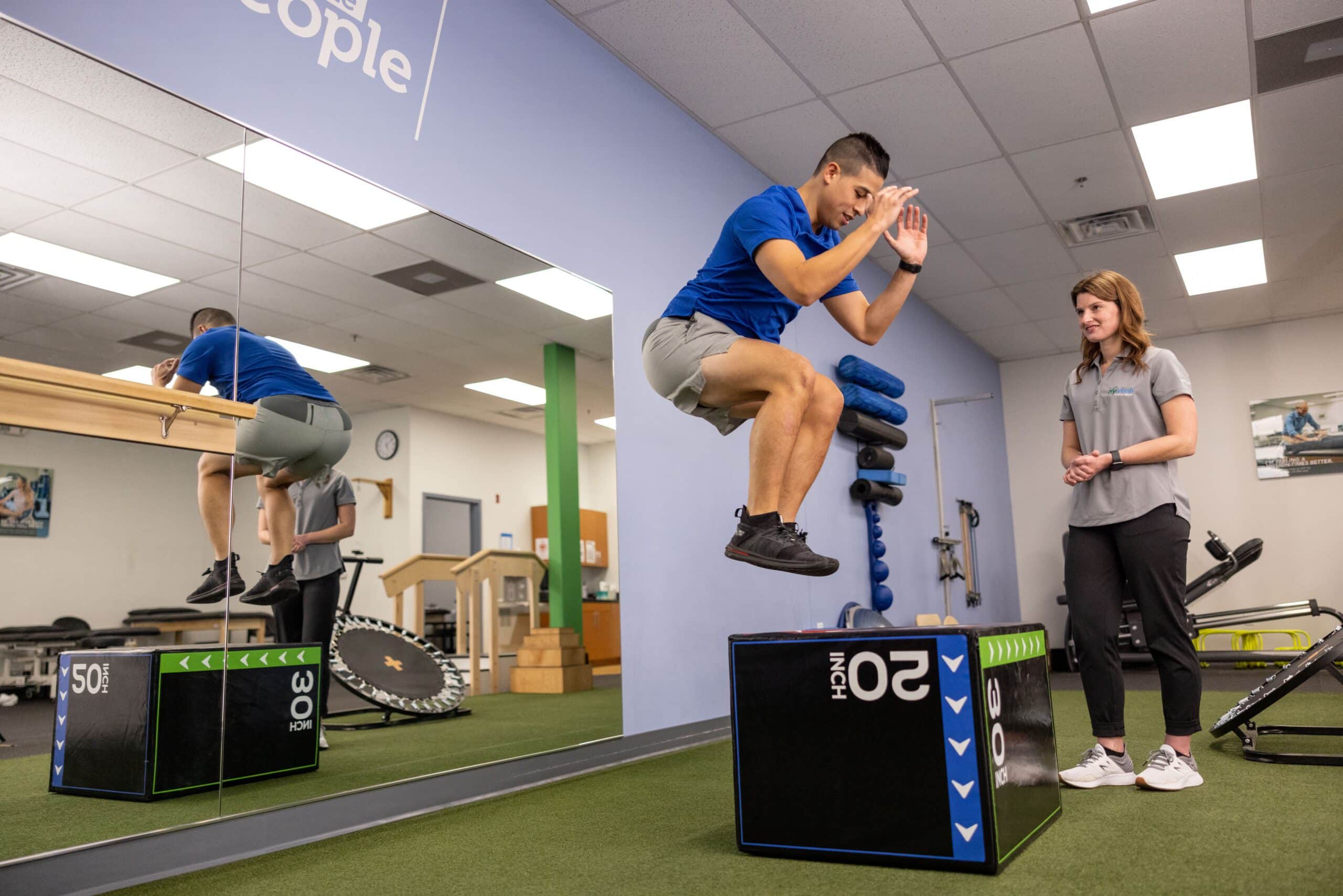One of the main methods used to reduce breathing difficulties in physical therapy is the application of controlled breathing exercises. These exercises often focus on diaphragmatic breathing, which encourages patients to use their diaphragm rather than their upper chest muscles when inhaling. This approach helps to increase lung volume and efficiency. Additionally, pursed lip breathing is another technique that can be helpful. This method requires breathing in through the nose and breathing out slowly through compressed lips, which can assist to keep airways clear longer and render breathing feel more manageable. By including these activities into therapy appointments, physical therapists can provide patients with tools to manage their dyspnea both during and outside of their appointments.
Another important aspect of controlling dyspnea in physical therapy is the creation of an individualized exercise regimen. Customizing exercises to meet the individual needs and abilities of each patient is essential. Therapists should slowly introduce aerobic activities, such as walking or biking, in a controlled manner, allowing patients to build their endurance over a period. This progressive method helps patients to feel more at ease with physical activity while at the same time improving their lung function and overall stamina. It is important for therapists to monitor patients closely during these activities to ensure they are not overworking themselves, which could result to increased difficulty of breath.
Education also plays a major role in alleviating breathing difficulties during physical therapy sessions. Providing patients with information about their ailment and the mechanisms behind dyspnea can enable them to take control of their health. Therapists can explain how factors like anxiety, posture, and surrounding conditions can affect breathing. By understanding these ideas, patients can learn to manage their issues more efficiently. Techniques such as stress reduction strategies and proper body posture can further assist in minimizing the More Info effects of breathing difficulties during daily activities and therapy sessions.
In conclusion, effectively reducing dyspnea in physical therapy appointments involves a mix of breathing exercises, individualized exercise regimens, and patient teaching. By implementing these effective methods, physical therapists can assist patients manage their breathing difficulties and improve their overall health. Working together between therapists and patients is essential to create tailored interventions that address specific needs. With the appropriate support and techniques, patients can experience comfort from breathing difficulties and engage more fully in their physical therapy journey, eventually leading to a better standard of life.
